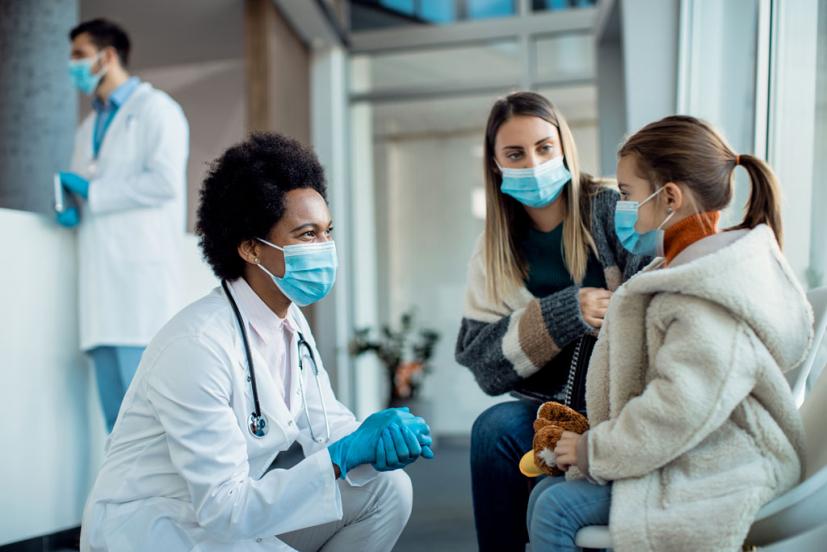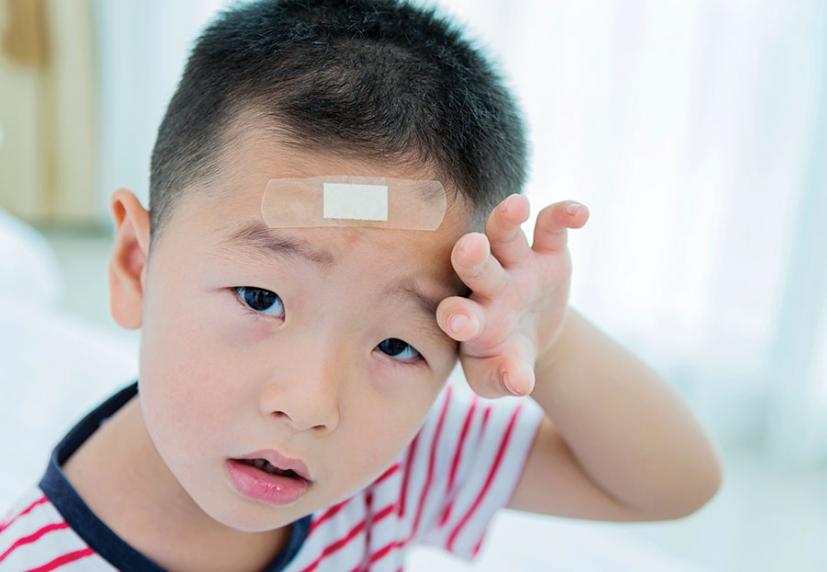The Ouchless ED: A Kid-friendly Approach to Emergency Care

Marin Mommies presents a sponsored article from MarinHealth Medical Center in Greenbrae.
Imagine you’re in an accident and require immediate emergency care. You’re triaged as you arrive at the hospital, and the next thing you know, you’re in a private room, surrounded by a medical team, and getting hooked up to an IV. Now, imagine you’re just five years old.
Adults understand the need for emergency care, but for children, the experience can be downright terrifying. That’s why MarinHealth® Medical Center's Emergency Department (ED) has adopted child-friendly protocols to become an official “Ouchless ED.”
As an Ouchless ED, MarinHealth Medical Center has proven strategies for helping minimize kids' anxiety and pain. Our emergency staff and physicians have been specially trained by pediatric emergency care specialists from UCSF Benioff Children’s Hospital. The training emphasizes seeing the Emergency Department through the eyes of a child from the moment that child arrives at the ED.
Once our nurses complete the training, they take an additional two-day, 16-hour course to become certified in Emergency Nursing Pediatrics. The course covers how to treat kids for virtually every illness that might warrant a visit to the ED.
Our caring staff employs the following ouchless protocols:
- Communicating in an age-appropriate way—a frightened six-year-old and a precocious 12-year-old require different approaches
- Practicing distraction and sensitivity techniques to engage children and draw their focus away from their treatment
- Using shot blockers or dabbing numbing medicine on a child’s skin to reduce the pain of a shot or IV
- Distracting from needle sticks and blood draws with Buzzy Bee, a hand-held device that looks like a toy bee and combines vibration, ice, and playfulness to minimize sharp pain
- Where appropriate, giving children medication through rapidly absorbed atomizers, needle-free injections, or nasal sprays rather than intravenously
- Encouraging parents to participate in their child’s care and, if possible, treating younger children while they sit on a parent’s lap
- Using interactive and educational toys to explain medical procedures to the child
- Offering breathing treatment masks with animal faces to add an element of fun and encourage compliance
In addition to making the ED less scary for kids, ouchless techniques help relieve anxious parents.
An On-site Child Life Specialist
MarinHealth Medical Center also has a Certified Child Life Specialist on staff in our ED. Clinically trained in the impact illness and injury can have on a child’s development and emotional well-being, she helps infants, children, youth, and their families cope with the stress of illness, injury, trauma, disability, loss, or bereavement. Child Life Specialists are trained in therapeutic play, preparation for procedures, and age-appropriate education to reduce fear, anxiety, and pain, and their presence can make all the difference in a child's hospital experience.

Know when to go to the Emergency Department
If your child has any of the symptoms or injuries listed below, don’t hesitate to go to the hospital Emergency Department:
- Difficulty breathing
- Severe pain, especially in the tummy or back area
- Sudden clumsiness, loss of balance, or fainting
- Altered mental status or confusion, including suicidal thoughts
- Sudden, severe headache
- Sudden testicular pain and swelling
- A fever of 100.4° or above in a baby under one-month old
- Sudden vision changes, including blurred or double vision and full or partial vision loss
- Broken bones or dislocated joints
- Deep cuts that require stitches, especially on the face
- A large, open wound that won’t stop bleeding
- Head or eye injuries
- Severe flu or cold symptoms
- Severe and persistent vomiting or diarrhea
- Serious burns
- Seizures without a previous diagnosis of epilepsy






